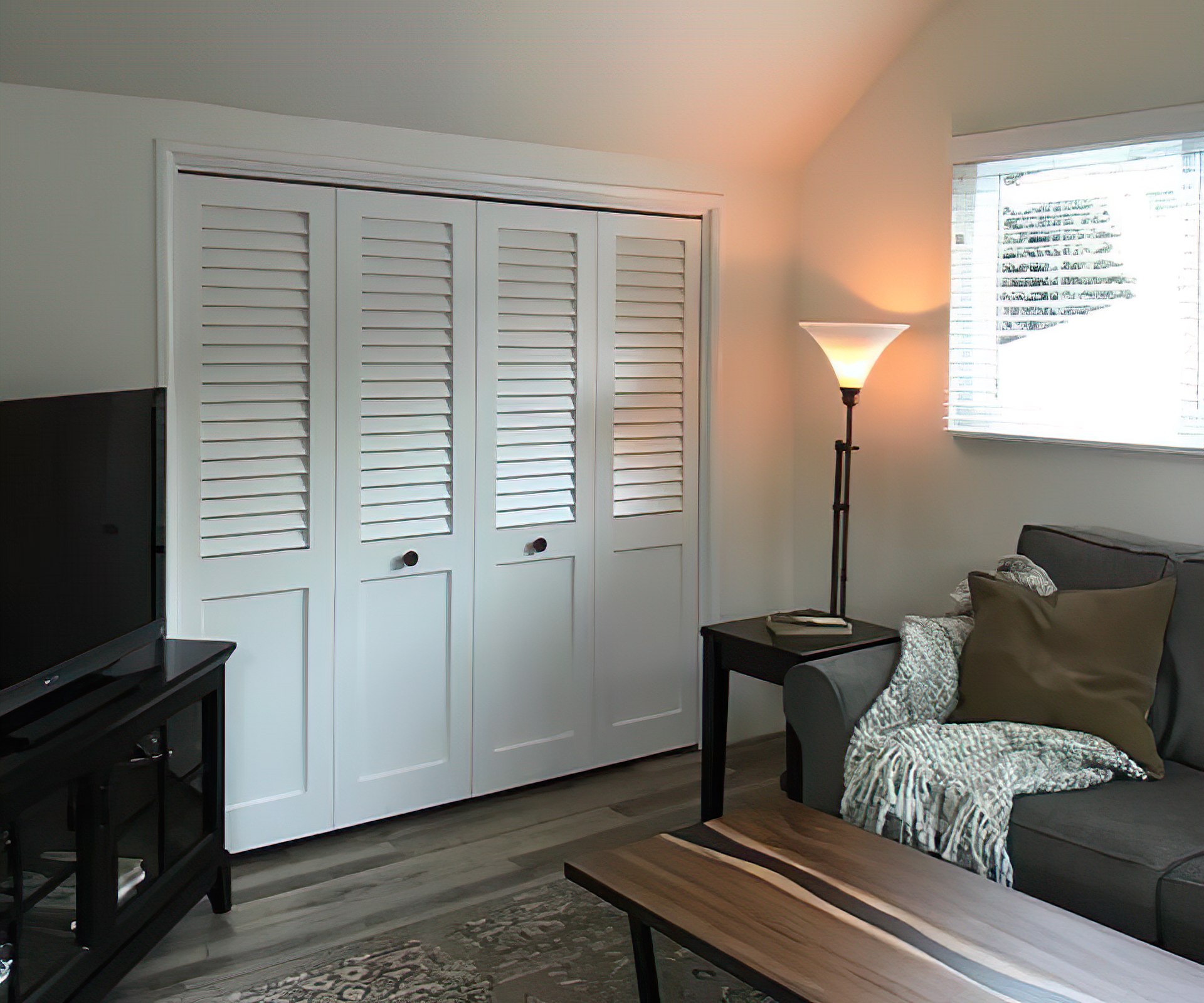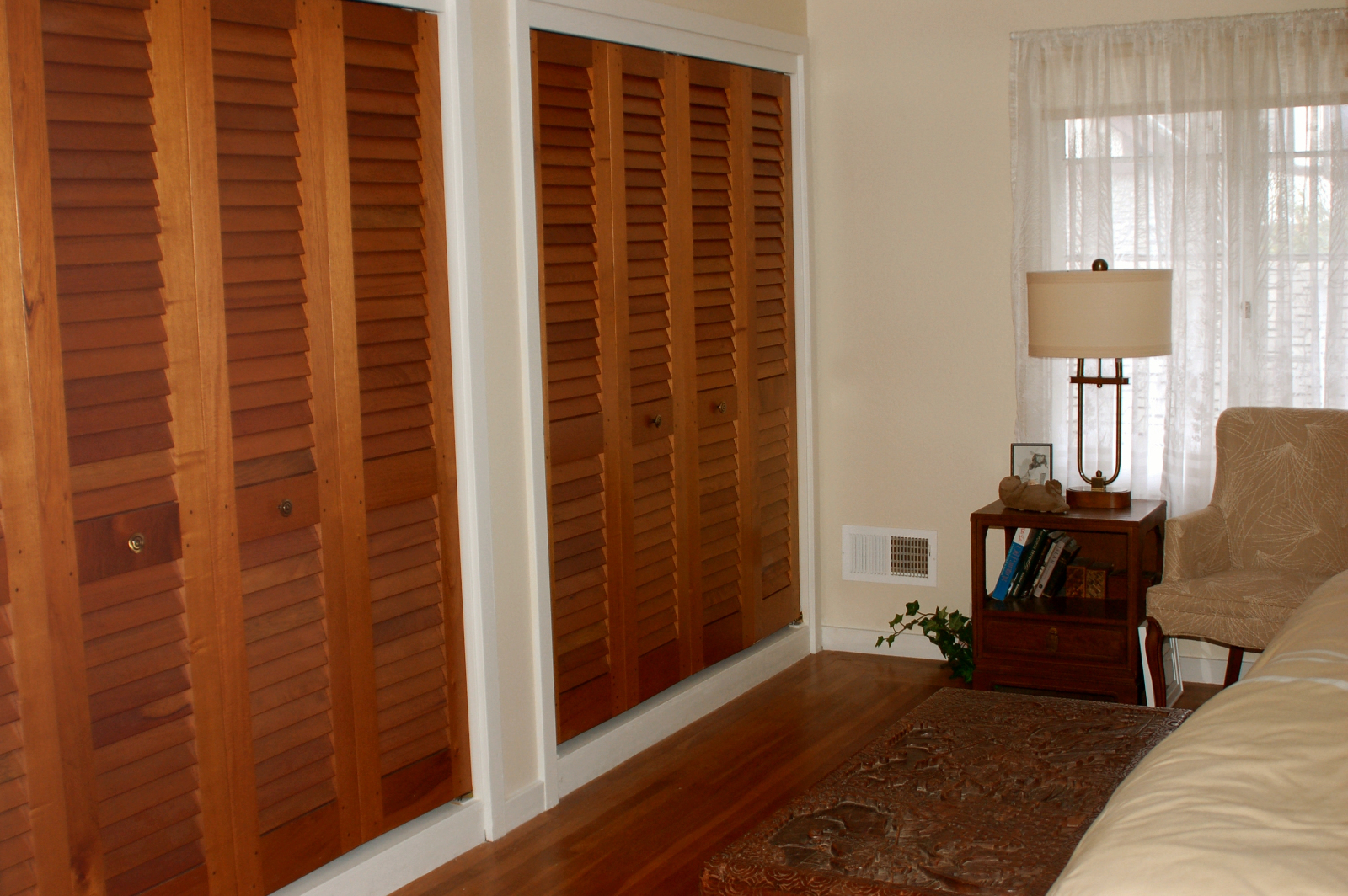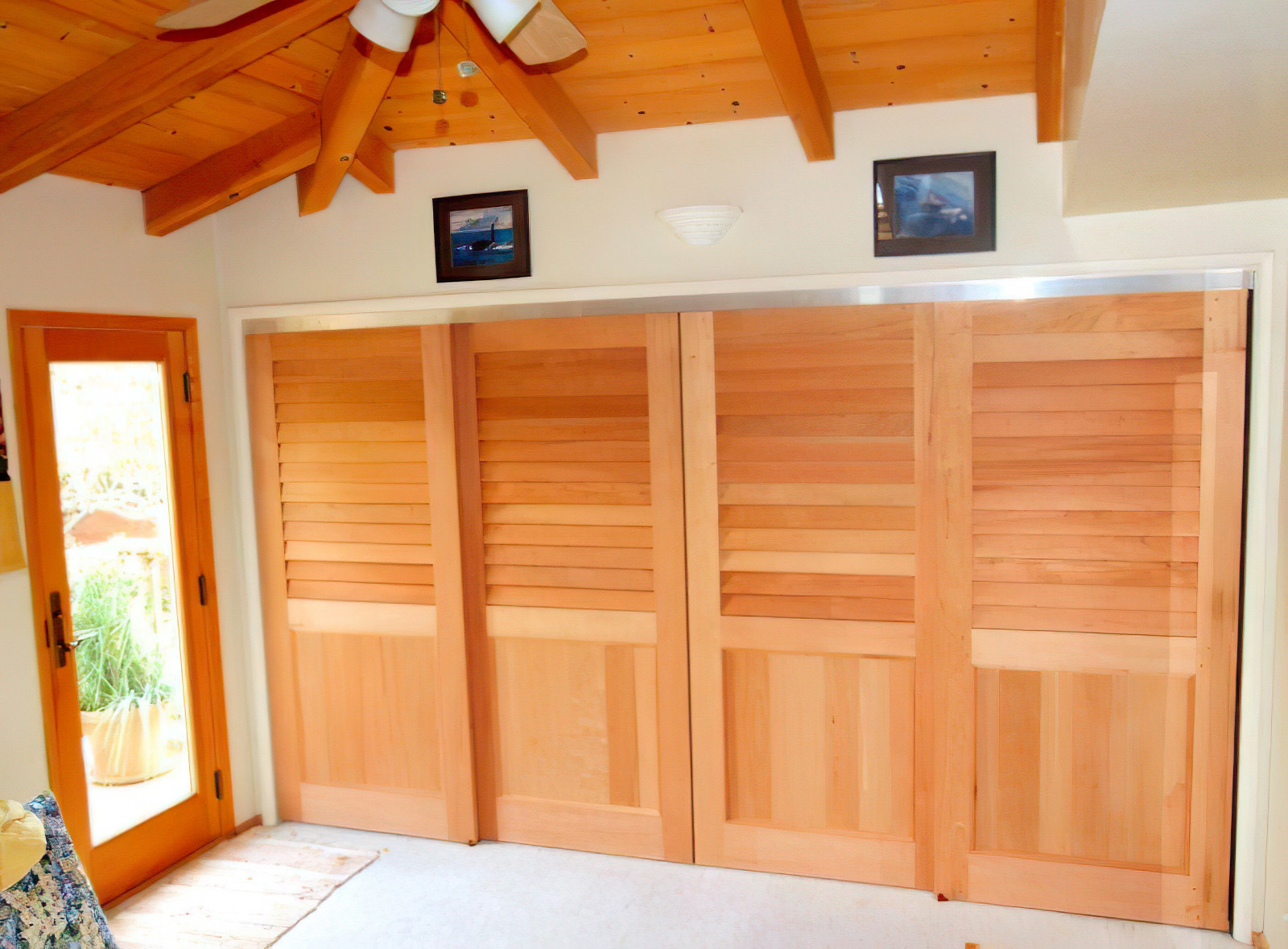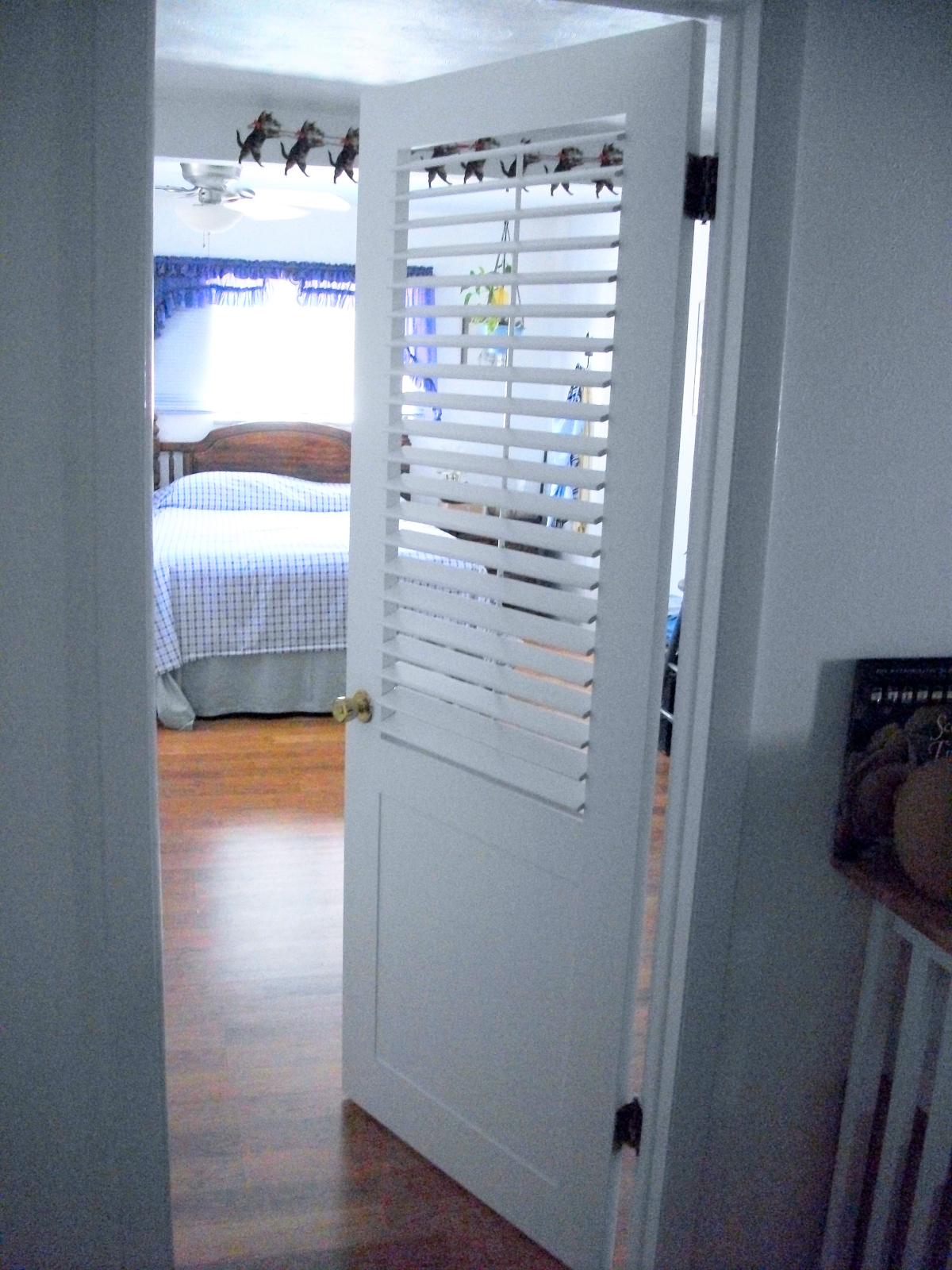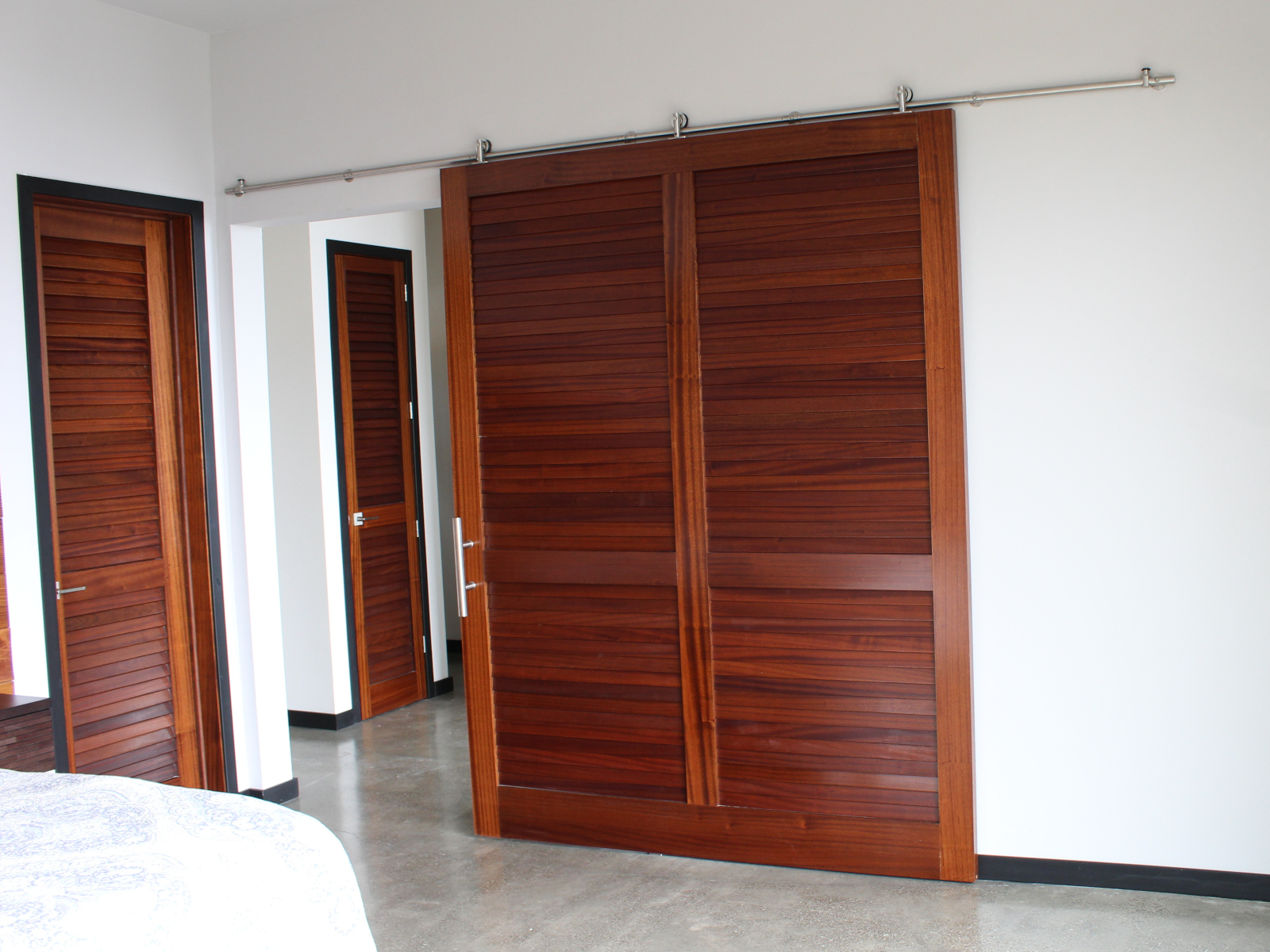Bifold Doors or Sliding Closet Doors; Which Cost Less? When buying new closet doors most people look for a way to save money without compromising on quality. One way to do this is to consider the cost differences between sliding closet doors and bifold doors. How Many Doors for Your Closet? We custom make all …
sliding closet doors
What If My Closet Openings Are Not Square?
Closet & Door Openings Not Square It is not uncommon to have the openings for interior doors or closet doors be out of square. The reasons could be anything from the house settling to an uneven floor to stud walls and header being twisted. The good news is that in most cases it is easy …
How Do I Choose Track Hardware For My Sliding Closet Doors
Track Hardware for Sliding Closet Doors When it comes to choosing track hardware for your sliding closet doors the main decision is really about how many individual doors do you want on each track. Your options vary somewhat depending on whether you are going with 2, 3 or 4 sliding doors to cover your closet. …
How Thick Should My Interior Doors and Closet Doors Be Made?
Here at Kestrel we make our custom sized interior doors and closet doors in three standard thicknesses; 1.1/4″, 1.3/8″ and 1.3/4″. Since we build all of our doors from solid wood using pegged, mortise and tenon joinery, the doors will be very sturdy regardless of the thickness. However, a thicker door will have added stability …
Hardware Options for Sliding Closet Doors
Interior doors of any style can be mounted as a sliding closet doors; all that it takes is the correct type of sliding door hardware! However, there are a few options that you need to consider when it comes to the hardware: How do you plan to use your Sliding Closet Doors? Before we look …
Do I need a Bottom Track for my Closet Door Hardware?
A common misconception is that closet door hardware, especially hardware for sliding closet doors, requires a bottom track. The belief is that the bottom track helps support the weight of the doors as well as keep the doors aligned. The Johnson Hardware, that we supply with our closet doors, is actually designed the other way …
